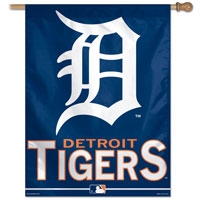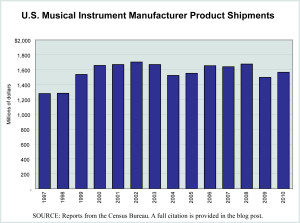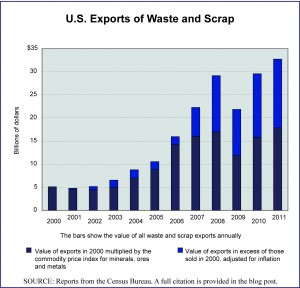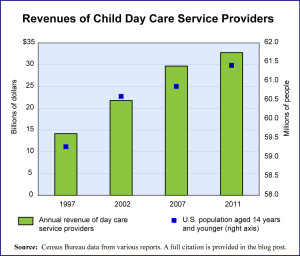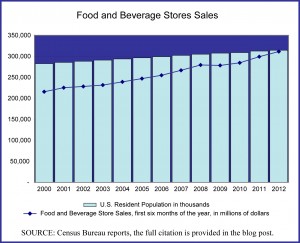Some unmanned aerial vehicles (UAVs) are controlled by a navigator from a remote location and others fly autonomously based on pre-programmed flight plans. These aircraft carry cameras, sensors, and communication equipment. Unmanned combat aerial vehicles, also known as combat drones, are armed and have been used in various wars since the 1980s.
Although unmanned aerial vehicles are used primarily by the military, recently they’ve also been used in fighting large fires, in support of border patrol activities, and in the surveillance of pipelines. Launchers for these vehicles are portable so that they can be placed in remote areas, without a need for an airport. They are also modular so that components can be replaced easily and used in multiple configurations. Data show the market size of the launchers for unmanned aerial vehicles for 2011 and estimated market size for 2018.
Geographic reference: Worldwide
Year: 2011 and 2018
Market Size: $118 million and $1.3 billion respectively
Sources: “Summary: Launchers for Unmanned Aerial Systems and Targets: Market Shares, Strategies, and Forecasts, Worldwide, 2012 to 2018,” ReportLinker, August 2012, available online here; “Unmanned Aerial Vehicle,” Wikipedia, October 7, 2012, available online here; “Unmanned Combat Air Vehicle,” Wikipedia, October 2, 2012, available online here; and “Unmanned Aerial System,” Institute for Defense and Government Advancement, 2012, available online here.
Posted on October 12, 2012

